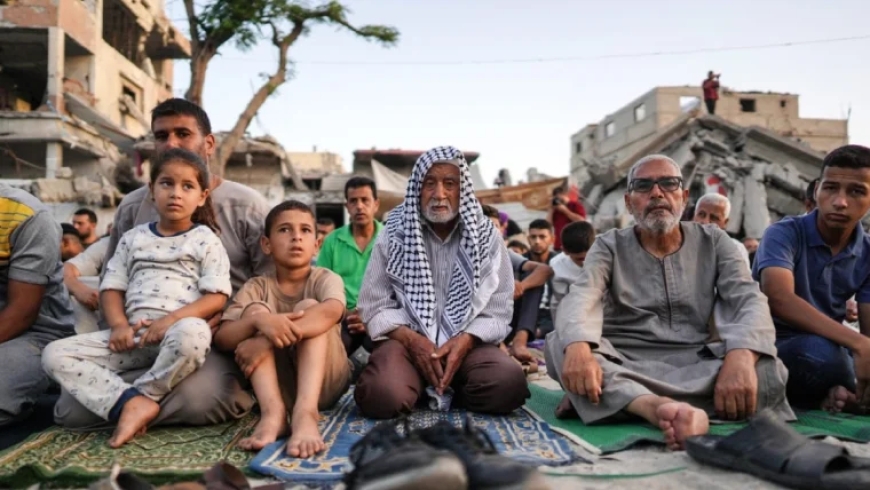U.N. Resumes Food Aid Distribution in Gaza with U.S. Military Support Amid Security Concerns
In a significant development, the United Nations World Food Programme (WFP) has resumed distributing food aid in Gaza for the first time since June 9, leveraging the logistical support of the U.S. military. The distribution marks a crucial step in addressing the severe humanitarian needs of the Gazan population amidst ongoing security challenges.

In a significant development, the United Nations World Food Programme (WFP) has resumed distributing food aid in Gaza for the first time since June 9, leveraging the logistical support of the U.S. military. The distribution marks a crucial step in addressing the severe humanitarian needs of the Gazan population amidst ongoing security challenges.
The aid, totaling approximately 15 million pounds, had accumulated on Gaza's shores due to the U.N. suspending its distribution over safety concerns. The aid was delivered using the U.S. military’s Joint Logistics Over-the-Shore (JLOTS) system, a temporary pier setup that allows for the transfer of supplies directly to the beach.
“The current environment here is complex and more challenging than anything I’ve seen,” stated Doug Stropes, Chief of USAID’s Bureau of Humanitarian Assistance. “There is a tremendous challenge right now with trucks that are being looted.”
The successful distribution on Friday followed a rigorous test run monitored by U.S. military officials to ensure the security of the goods. “There was a plan, then a test, and the test was successful,” an official noted, expressing cautious optimism about continuing the distribution on a day-to-day basis.
The resumption of aid comes after a high-level meeting on Wednesday night involving U.S., U.N., and Israeli officials at an Israeli military base near Ashdod. The discussion focused on the logistics and security of restarting the food aid distribution in Gaza.
However, the JLOTS system faced operational interruptions. It was taken offline and towed back to port in Ashdod due to rough seas, marking the fourth time it has been moved since becoming operational on May 17. The temporary pier system has been subject to weather-related disruptions, raising concerns about its reliability.
In response to these challenges, U.S. officials are exploring alternative routes for aid delivery. One potential solution involves routing aid through a fixed pier in Ashdod, approximately 20 miles north of Gaza. This plan would see the aid first sent to Cyprus, where it would be scanned by Cypriot and Israeli officials using a U.S. military scanner called the T25. Once cleared, the aid would be marked and transported to Ashdod for immediate transfer to Gaza without further screening.
The resumption of aid distribution is a critical lifeline for Gaza's population, which has faced mounting food insecurity. The successful test and subsequent distribution underscore the importance of international cooperation in addressing humanitarian crises.
The suspension of aid since June 9 had exacerbated the humanitarian situation in Gaza, with millions of pounds of food aid sitting unused. The renewed efforts highlight the ongoing complexities and dangers faced in delivering aid to conflict zones. The collaboration between the U.S. military and international organizations like the U.N. is essential in ensuring that aid reaches those in need despite the challenging circumstances.
As the situation evolves, stakeholders remain committed to finding sustainable and secure methods for aid delivery, emphasizing the need for continuous adaptation to the region's volatile conditions.













































